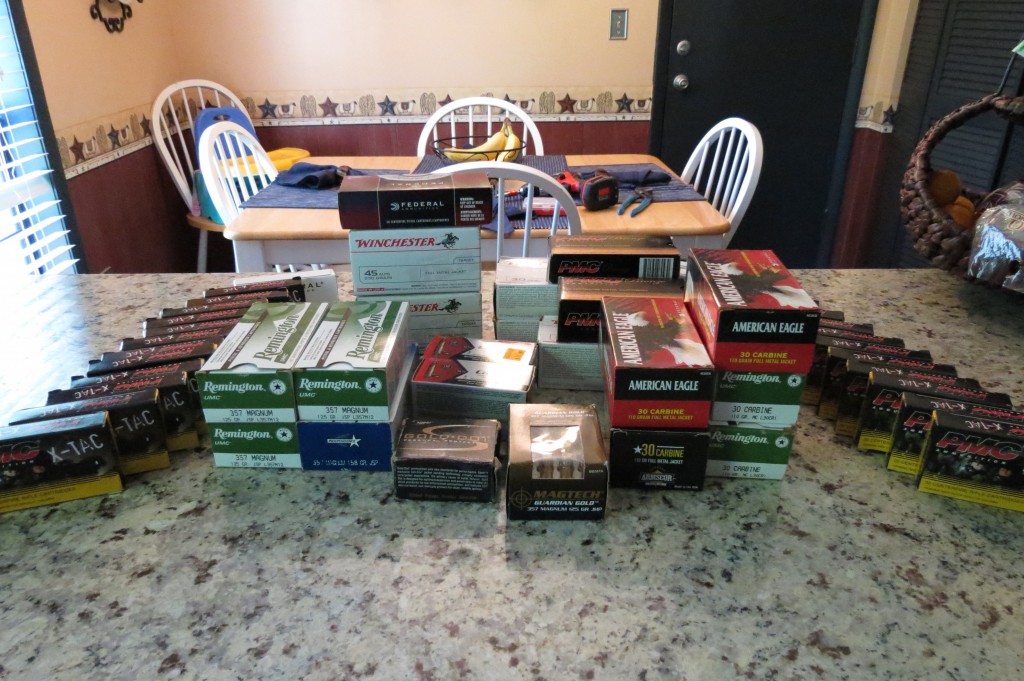


Version 2: Portuguese Russian Spanish 03 - Ammunition Accounting Version 2: Portuguese Russian Spanish 02 - Risk ManagementĠ2.10 - Introduction to risk management principles and processesĠ2.20 - Quantity and separation distancesĠ2.30 - Licensing of explosive facilitiesĠ2.40 - Safeguarding of explosive facilities Please consult the AMAT Insights for a practical and detailed overview of the amendments made in IATG Version 3, the rationale behind them, and their expected impact.Ġ1 - Introduction and Principles of Ammunition ManagementĠ1.10 - Guide to the International Ammunition Technical Guidelines (IATG)Ġ1.20 - Index of risk reduction process levels (RRPL) within IATGĠ1.40 - Glossary of terms, definitions and abbreviationsĠ1.50 - UN explosive hazard classification system and codesĠ1.60 - Ammunition faults and performance failuresĠ1.80 - Formulae for ammunition managementĠ1.90 - Ammunition management personnel competences (new module) The Office for Disarmament Affairs will continue to strive to make the IATG available in additional languages. IATG Version 3 is currently available in Arabic, French and English. International Ammunition Technical Guidelines The UN Saf erGuard Programme, managed by the UN Office for Disarmament Affairs oversees the maintenance, updating and dissemination of the IATG. In response to these concerns, the General Assembly requested the United Nations to develop guidelines for adequate ammunition management to ensure that the United Nations consistently delivers high-quality advice and support ( A/RES/63/61).Īs a result, the International Ammunition Technical Guidelines (IATG) were developed in 2011 and the UN Saf erGuard Programme was established as the corresponding knowledge management platform.

Taken together, these consequences demonstrate the very serious safety and security challenges posed by inadequately-managed stockpiles. Moreover, diverted ammunition is increasingly used to assemble improvised explosive devices. In addition to the humanitarian and socio-economic consequences, unsecured or poorly managed ammunition stockpiles fuel insecurity. Massive diversion of ammunition to illicit markets has been a catalyst for armed conflict, organized crime and terrorism. In more than 100 countries, over the past five decades, poorly-managed ammunition stockpiles have resulted in explosions, often bringing about humanitarian disasters. Thousands of people have been killed, injured and displaced, and the livelihoods of entire communities have been disrupted. Safe and secure management of ammunition through the UN Saf erGuard Programme Devastation from a 2012 ammunition depot explosion in Brazzaville, Congo.


 0 kommentar(er)
0 kommentar(er)
